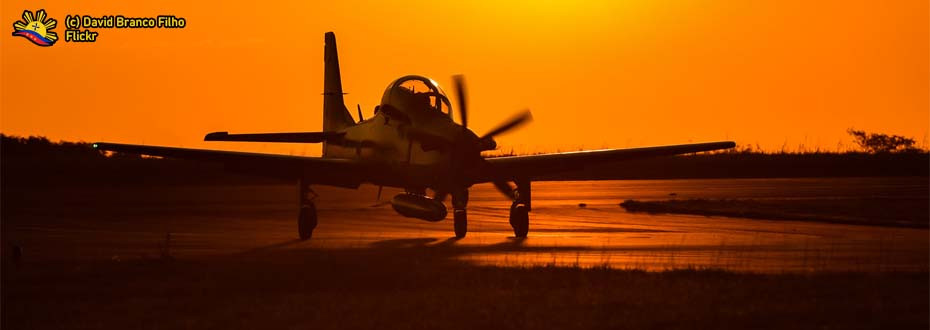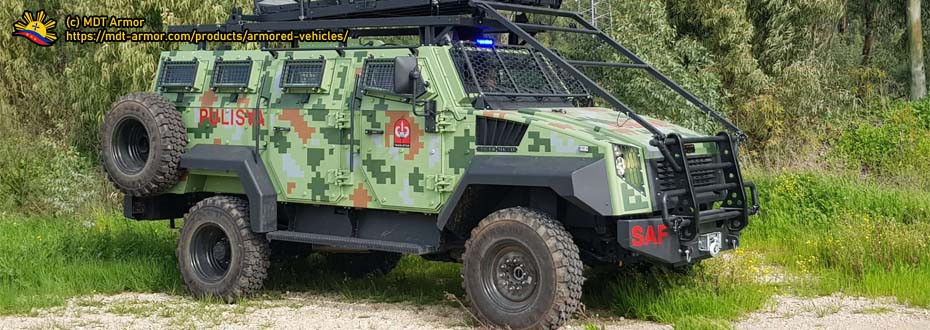Pitz Defense Analysis Note: This defense community are with the armed forces in regards to its efforts of combating terrorists elements that are presently plaguing and wreaking havoc in this country especially in the island of Mindanao. In line with this matter, observation to the Operational Security Protocols are observed at its highest manner wherein details are not to be divulged for public consumption so as not to compromise any mission and operations therein. Moreover, what the readers about to read are news already in existence across the internet with verifications given as well as some viewpoint from the perspective of a Mindanaoan. Henceforth, please be guided by this note as proceeding in this article. Thank you.
INTRODUCTION
 |
| Citizens in Davao are taking selfies in the light of Martial Law as photos are taken before a Simba Armored Personnel Carrier of Task Force Davao. via Newsline.ph |
IN MARAWI CITY
 |
| Obtained from ABS-CBN. |
In the advent of the siege, the Government forces started its security forces last Tuesday where the main purpose of this operation is to neutralize Hapilon where there are reports that several Abu Sayyaf fighters were integrated to the Maute Group. It was there then that the terrorist group occupy Marawi City where burning of several vital infrastructures, hostaging several Christian inhabitants, obtaining vehicles and having the banner of ISIS flying over the City. That prompts the military to have immediate action with regards to the matter wherein Operational Security Protocols are highly encouraged to observed in a sense that any photos or videos showing the location of troops on the ground shall not be posted especially by several users on social media websites. Read related article on OPSEC.
To take note, the Maute Group was the same group who occupy a Lanao del Sur Town of Butig where it was then captured later by Government Forces as well as having FA-50s doing its first surgical strike in the area, making the Philippines one of the users who have used the aircraft in real action where in it shows result that even Hapilon was being severely injured in the strike. As per situation, the occupation of Marawi started in the occupation of Amai Pakpak Medical Center where it was later freed upon where no reports with regards to its staff and patients hurted by these terrorists. The City Jail also was burned out as well as other vital institutions in the area. Residents are prompted to evacuate out of the City, and checkpoints in and out of the City are controlled by both sides.
The situation at that time comes from bad to worse where most of the City was occupied until later on it was regained by Government forces. Such action made by these terrorists prompted the President to put the whole of Mindanao under Martial Law in which it will be discussed in depth below with experiences as per Mindanaoan perspective. In that sense, it may only show that the overall situation of Mindanao, specifically in Marawi is something that needs to be resolved considering that in the world today, terrorist extremism takes a toll to the people's lives that wreaking havoc is somewhat a problem that needs to end once and for all. Take this Manchester Concert Bombing as an example of full-blown acts of terrorism in action.
It is deemed best for the military to do its job throughout this period of time without any compromise. As per the civilians that are actually on the ground, it is at best to observe OPSEC or Operational Security Protocols in a sense that it shall not compromise the overall mission of the Armed Forces in the area. In these sense of cooperation comes the hope that the overall security operation will have good results that in the end, Marawi City will be freed from terrorist elements for its residents to settle down and recover once again.
THE MARTIAL LAW IN MINDANAO
 |
| BRP Davao del Sur in Sasa Wharf, Davao City. From Joe Bravo. |
In the line of the celebrations, the Philippine Navy is set to commission its second Landing Platform Dock ship that are the largest in its fleet. This is the BRP Davao del Sur (LD-602) which is a Tarlac-class Landing Platform Dock that was based from Makassar-class LPDs of Indonesia. Not also to mention that the BRP Gregorio del Pilar is also in Davao City, docking after its Singapore visit in an exhibition that was recently finished.
Also in Davao City, are the MPAC Mk. 3s where like the BRP Davao del Sur, is also the newest assets the Philippine Navy have where it will be installed with missiles where it will be the SPIKE-ER missiles from Israel. Considerably, it will be the first for the navy to have a missile-bearing ship once again in its arsenal as for the meantime until the new guided missile frigates will get delivered by year 2020.
With regards to the upcoming event, a Pitz Defense Analysis contributor managed to gather the photos and share it voluntary to us where these photos are a sight where size comparison between the BRP Gregorio del Pilar and BRP Davao del Sur in Sasa Wharf can be highly seen from the water overlooking the docks. These photos are shared by Iej Etapalag, a Pitz Defense Analysis community member.
In such a manner, celebrations such as these are still on-going despite the violence and the Martial Law in Mindanao which in that proves that things can still be gone as good as it is as well as having normal lives on-going where in implementation, lives are guaranteed to be safer and be protected as per Mindanaoan points of view. Hence, a number of naval assets in Davao may also have leverage so as for protecting its coastline from threats.
CONCLUSION
 |
| Selfies still in Davao. A far cry on the things it should be. From Edsel Salomon's FB account. |































.png)



